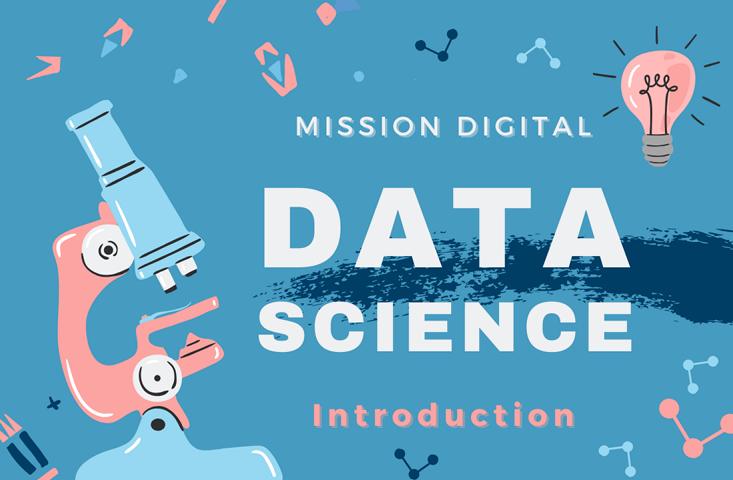Business Analytics encompasses the utilization of large-scale data sets, commonly referred to as “big data,” and state-of-the-art computer-based statistical techniques to equip company management with valuable information about their customers and provide insights into overall business operations. This multidisciplinary field, often synonymous with data science, deploys historical data to generate descriptive or diagnostic analytics and construct predictive models using supervised learning algorithms. These forecasts facilitate decision-making and optimization processes in businesses.
Big Data: High Volume, Variety, Velocity, and Veracity
When discussing Big Data, we refer to information assets characterized by high volume, variety, velocity, and veracity. These attributes render traditional database systems and computational models inadequate for extracting the full value of such data.
The Business Analytics Process

The process of business analytics can be segmented into several stages, with the initial step typically involving the formulation of a business question that can be addressed through statistical modeling. For example, identifying two products that are frequently sold together to optimize marketing budget allocation. As a data scientist, your role would involve identifying and collecting the necessary data to address the task at hand. This can prove challenging, depending on a company’s technological infrastructure.
In most cases, the data may not be ready for analysis due to issues such as missing values or outliers. After cleaning the data set and ensuring the appropriate scaling of features, the data can be subjected to analysis. This may entail either descriptive or predictive analyses.
Ultimately, the primary objective of business analytics is to derive actionable insights. By interpreting model results, business analytics assists in making informed managerial decisions, thereby contributing to the company’s overall success.

